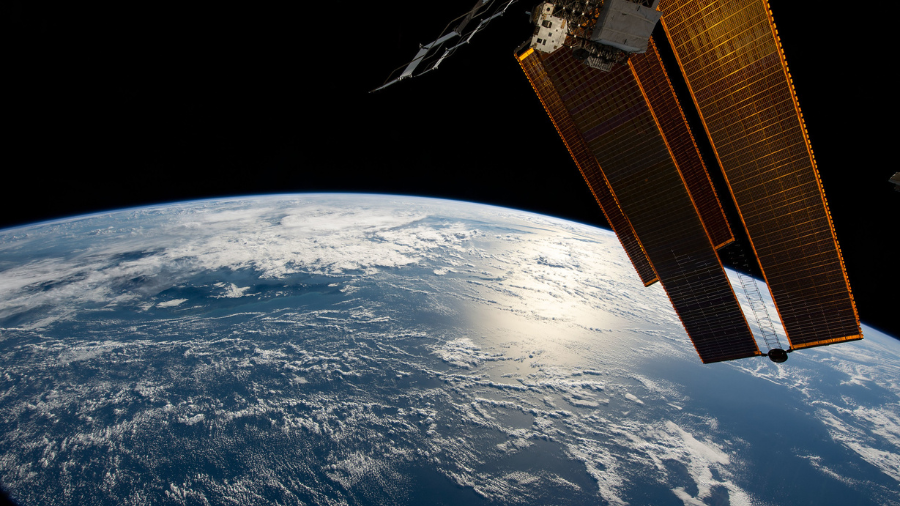
The Expedition 67 crew’s midweek schedule aboard the International Space Station centered on installing equipment, inspecting for leaks, and a training exercise.
NASA Flight Engineer Jessica Watkins set up the drain for an installed recycling tank for the Environmental Control and Life Support System, a piece of hardware that provides the station with clean water and air. She also made configurations to the Plant Habitat Facility, which monitors plants grown in space.
NASA Flight Engineer Bob Hines completed a session for the Cerebral Autoregulation investigation, which assesses how the human brain regulates blood flow in microgravity. The experiment required him to wear electrodes and sensors that measured blood flow in his head and chest. Results of the study may benefit astronauts readjusting to Earth’s gravity upon their return.
NASA Flight Engineer Kjell Lindgren completed a photo survey of fasteners of the station’s airlock close out panel. He later inspected a leak and reconnected parts for the Solid Combustion Experiment Module designed to investigate the oxygen concentration required to sustain a flame over solid fuels.
ESA (European Space Agency) Flight Engineer Samantha Cristoforetti installed a sample into hardware for the Ring Sheared Drop investigation. The experiment examines the formation and flow of a type of protein, called amyloids, in microgravity. Amyloids are associated with neurodegenerative diseases, such as Alzheimer’s. Results of the study could help researchers better understand these diseases and aid the development of advanced materials.
Commander Oleg Artemyev of Roscosmos and Cosmonaut Denis Matveev met with specialists to stage spacewalk equipment and tools. Cosmonaut Sergey Korsakov spent time photographing microbial samples stored in petri dishes.
Toward the end of the day, the crew gathered to train on how to respond to an emergency aboard the station. The team practiced communicating, executing procedures, and makings decisions based on cues from simulator displays.
Learn more about station activities by following the space station blog, @space_station and @ISS_Research on Twitter, as well as the ISS Facebook and ISS Instagram accounts.
Get weekly video highlights at: http://jscfeatures.jsc.nasa.gov/videoupdate/
Get the latest from NASA delivered every week. Subscribe here: www.nasa.gov/subscribe
